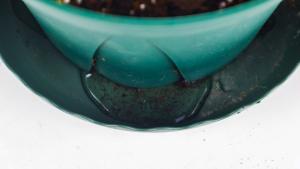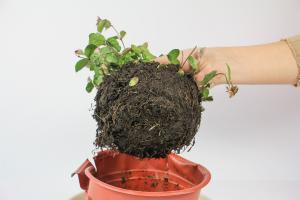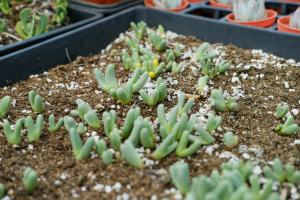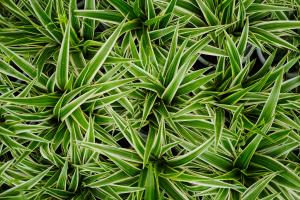How to Plant Water Lily Tubers
Introduction
Water lilies are one of the most beautiful aquatic flowers you can grow in your garden pond. They need little maintenance and add a lot of aesthetic value to your pond's ecosystem. Planting water lily tubers can seem like a daunting task, but it is actually quite simple. In this article, you will learn everything you need to know about planting water lily tubers.
Choosing the Right Location
The first step in planting water lily tubers is choosing the right location. It is important to choose a spot in your pond that receives at least six hours of direct sunlight every day. Water lilies also need a lot of space to grow, so make sure the chosen spot has enough room for the plant to spread out. Avoid planting your water lilies near fountains or waterfalls, as the constant splashing can damage the delicate flowers.
Preparing the Pond
Before planting your water lilies, you need to prepare your pond. Begin by removing any debris or dead vegetation from the bottom of the pond. This will prevent the tuber from getting tangled in any unwanted materials. You can also add a layer of gravel or sand to the bottom of the pond to hold the tuber in place. It is essential to maintain the pH balance of your pond, as water lilies prefer a slightly acidic environment with a pH between 6.0 and 7.5.
Planting the Tubers
Now it is time to plant the water lily tubers. Start by filling a container with soil. Be sure to use a good quality aquatic compost, as regular soil can introduce unwanted bacteria into your pond. Make a small hole in the soil, and gently plant the tuber with the growing tip pointing upwards. Cover the tuber with soil, leaving the growing tip exposed. Water lilies prefer shallow water, so keep the container submerged in water at a depth of 30-60 cm.
Caring for Water Lilies
Water lilies require little maintenance once they are planted. However, it is essential to fertilize the plants once a month during the growing season. You can use a slow-release aquatic fertilizer or a fertilizer specifically designed for water lilies. It is also important to prune any dead or dying leaves or flowers to encourage new growth. Water lilies are hardy plants, but they may attract pests such as aphids or spider mites. If you notice any signs of infestation, treat the plants with a suitable insecticide.
Conclusion
Growing water lilies in your pond can be a rewarding experience. With the right location, preparation, and care, your water lilies will thrive and bloom into beautiful aquatic flowers. Now that you know how to plant water lily tubers, it's time to get started on your garden pond project.

 how many times do yo...
how many times do yo... how many planted tre...
how many planted tre... how many pine trees ...
how many pine trees ... how many pecan trees...
how many pecan trees... how many plants comp...
how many plants comp... how many plants can ...
how many plants can ... how many plants and ...
how many plants and ... how many pepper plan...
how many pepper plan...































